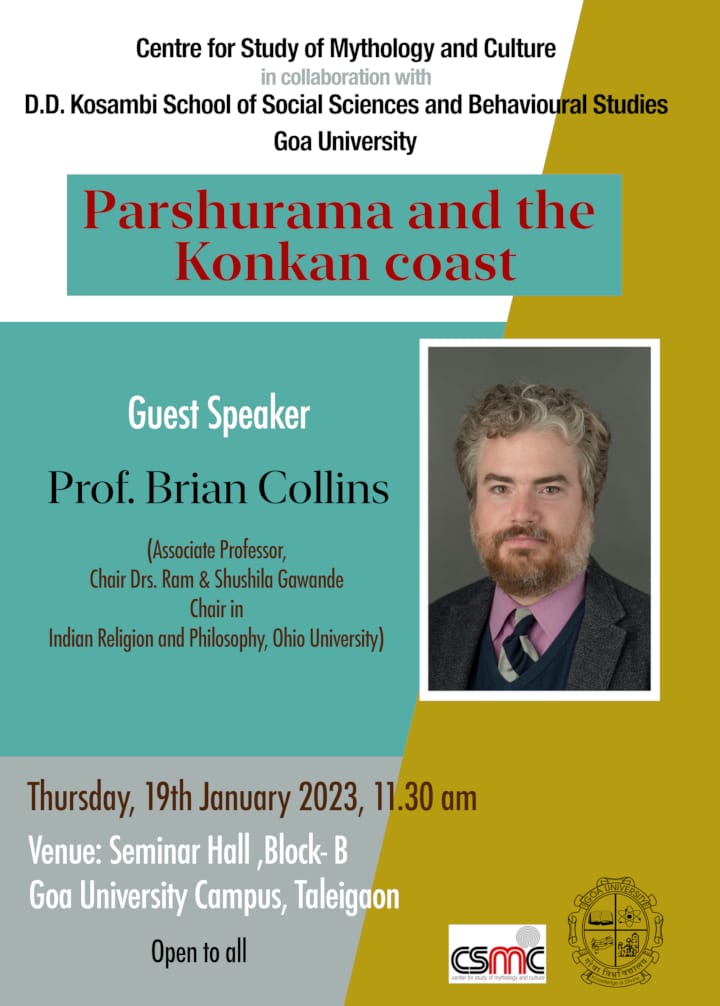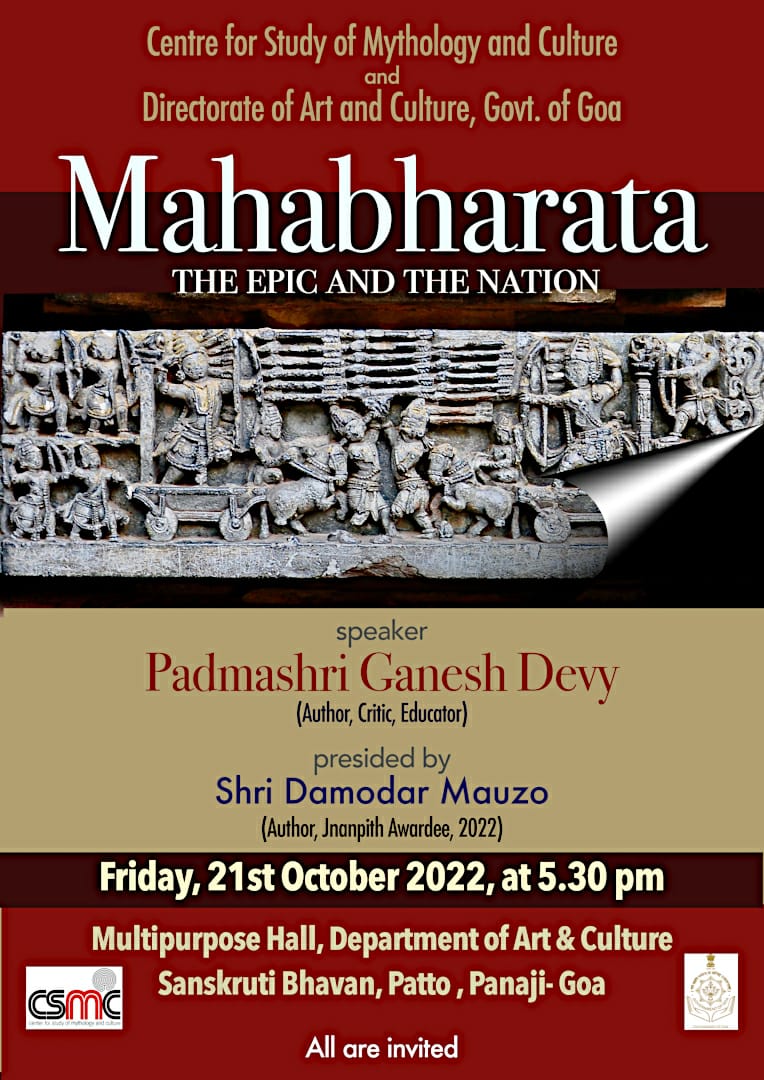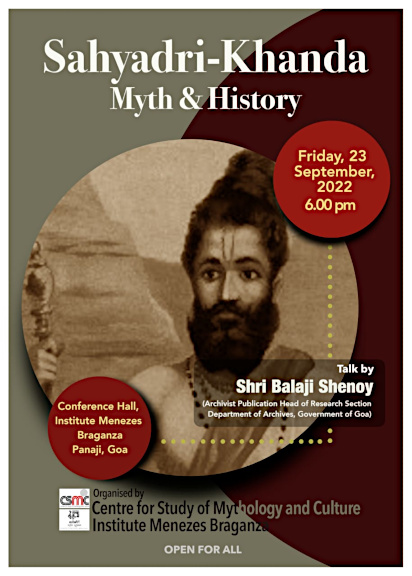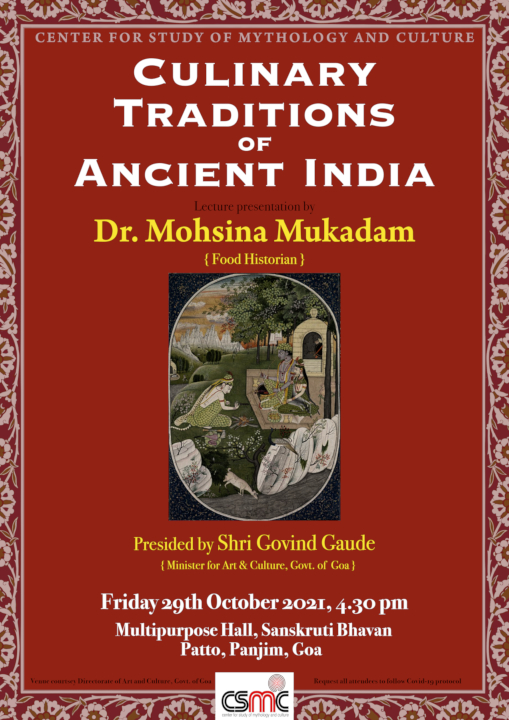The Kamakhya temple in Guwahati has captured the people’s imagination for hundreds of years. Its tantalising tales of tantra, mantra and vashikaran and equally intriguing rites and rituals has lured in tourists, scholars and believers from across the world. The sanctum sanctorum of the temple is a cave which is devoid of any image. It has a natural underground spring which flows through a yoni-shaped cleft in the bedrock. The inner sanctum is a deep dark underground rocky chamber into which one descends by a flight of steep steps. The “Matra Yoni” which is inscribed on a rock is covered with silk sarees and is constantly moist by underground spring water.
The Kamakhya temple is considered to be a shakti peetha. This is one of the many stories associated with the temple (For the stories around the temple, read Kamakhya’s Web) but in every tale linked to the temple, there is an underlying element of devi worship. This suggests that this is a place of worship of woman divine or, the mother goddess. The temple remains one of the holiest sites in India for tantra practitioners who associate it with powerful creative force of the mother goddess.
Among the many aspects of the goddess celebrated here, there is one which celebrates menstruation. Devotees believe that the Devi menstruates during a unique festival called Ambubachi which is observed during the Indian month of Ashaad (towards the end of June). They believe that every year on the seventh day of Ashaad, the pool containing the uterus turns red. The temple remains closed thereafter for a period of three days. On the fourth day, the doors of the temple are opened for lakhs of pilgrims who throng the temple during this festival. Offerings to the goddess are usually flowers, but might include animal sacrifices. In general female animals are exempt from sacrifice, a rule that is relaxed during mass sacrifices.
Ambubachi (or, otherwise) festival kamakhya temple draws various Shakti and Shaiva tantra practioners recognised by their respective red or black garments. Whilst in orthodox Hindu rites and rituals male dominance is an accepted norm and a female is considered impure when she menstruates, Tantric rites grant female the status of Shakti, and she is considered to have the potential to unlock her divine powers especially during her menstrual cycle. Assam and its surrounding areas are well known for various Tantric Cults with their equally exotic practices. The Sanskrit term ambuvaci from which local Assamese term ambubachi or ambubasi is derived literally means “issuing for of water”. Whilst to believers it is celebration of menstruation of goddess kamakhya, the very celebration at the onset of monsoon in the month of ashaad is nothing but homage to fecundity of mother earth which comes alive with the onset of monsoon.
The history of Assam is closely linked to the history of Sri Sri Kamakhya. The Shakti temple is mentioned in various Puranas including Kalika Purana and Yogini Tantra which establishes the temple and therefore Assam as a springboard for Shakta Tantra. The temple stands between two ethnic hill groups – the khasis of the Austro-Asiatic group who follow the matrilineal system and the Garos. Sex worship and animal sacrifice was common amongst these tribal people in the ancient past. While on the one hand, the worship of the yoni of the goddess in Kamakhya represents veneration of procreative power of nature, on the other hand it stands as testimony to magical influence and continuation of tribal culture and non-Aryan practices. The temple snuggled in the verdant Nilachal hills thus symbolises the ‘fusion of faiths and beliefs.












Leave a Comment